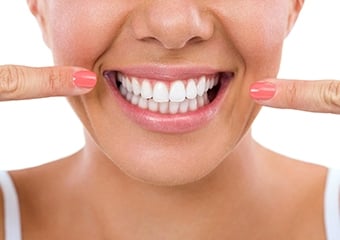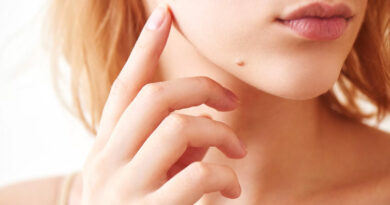Effective and reliable treatment for teeth whitening: Bleaching
Restorative Dentistry Specialist Dr. Instructor Member Fatma Aytaç Bal stated that bleaching, known as teeth whitening, is a treatment that prioritizes preserving the tooth structure. “We can say that it is a reliable and effective treatment method for individuals who want to have an aesthetic smile.”said.
Beginning her explanation by emphasizing that teeth have a valuable place in facial aesthetics, Bal said that the discoloration seen in the teeth can cause negative psychological and social effects on patients because they do not conform to the desired aesthetic image.
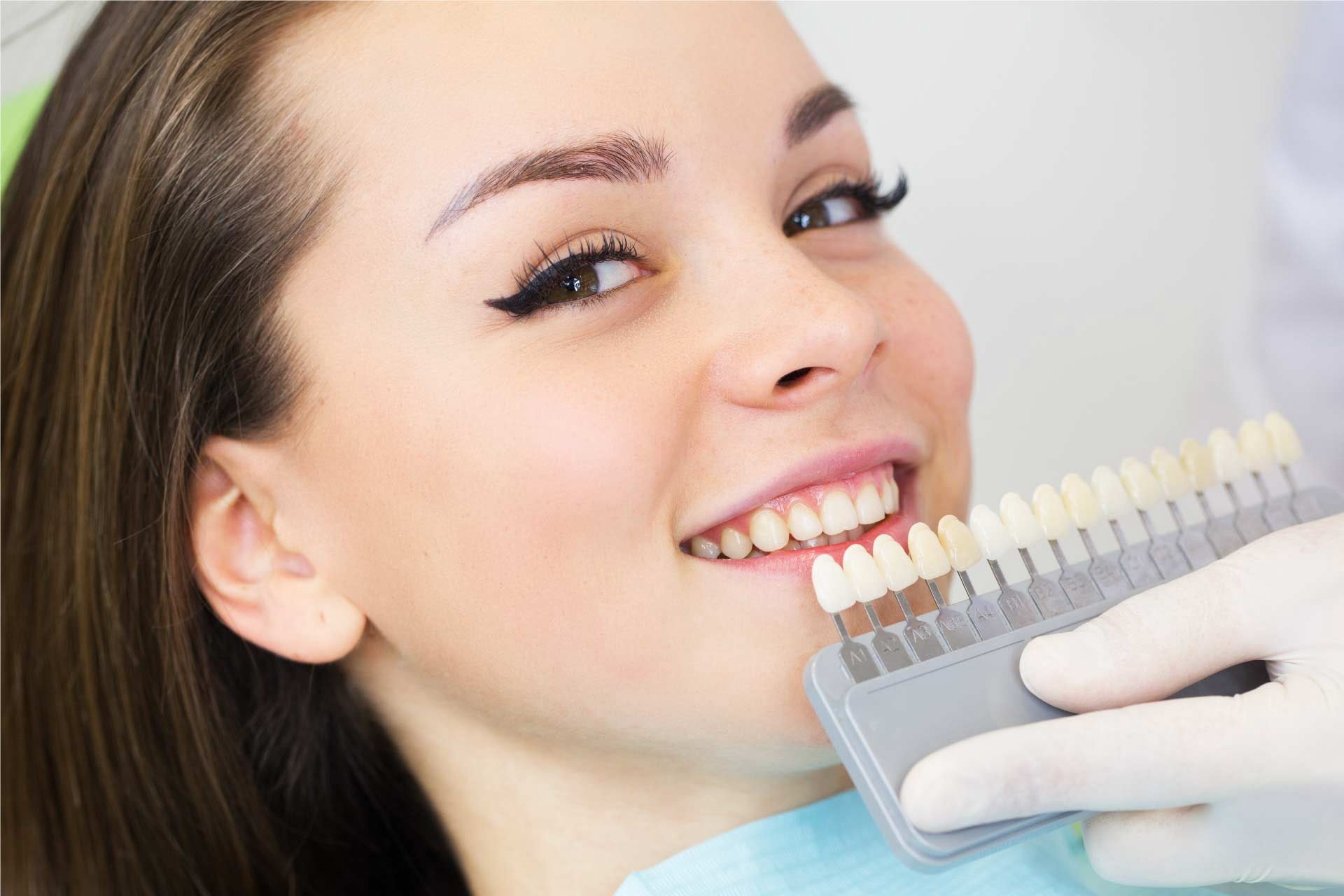
‘Physician supervision required’
Noting that honey is a reliable and effective treatment formula that can be applied for bleaching without causing loss of dental tissues, “Today, as a result of people’s orientation towards aesthetics and natural appearance, whitening treatments have become a very valuable issue in dentistry. In order for this aesthetic treatment to be safe and to achieve a successful result, it must be done under the supervision of a dentist. Although it is not enough for bleaching in some cases, we can say that it is a reliable and effective treatment for people who want to have an aesthetic smile.used his words.
Honey explained how the process, also known as teeth whitening, is done: “Bleaching is the bleaching of teeth by applying oxidizing agents. Bleaching treatment can be applied to live (vital) teeth with discoloration and to teeth that have undergone root canal treatment (devital). Bleaching treatment in vital teeth can be done in two formulas: ‘office whitening’, where the whitening works are applied by the dentist in the clinical setting, and ‘home-type whitening’, where the whitening works in lower concentration are applied in the residence under the supervision of the dentist through prepared plaques. Apart from these methods, various toothpastes, gels and preparations that can be purchased and used by patients are also used for whitening purposes.said.
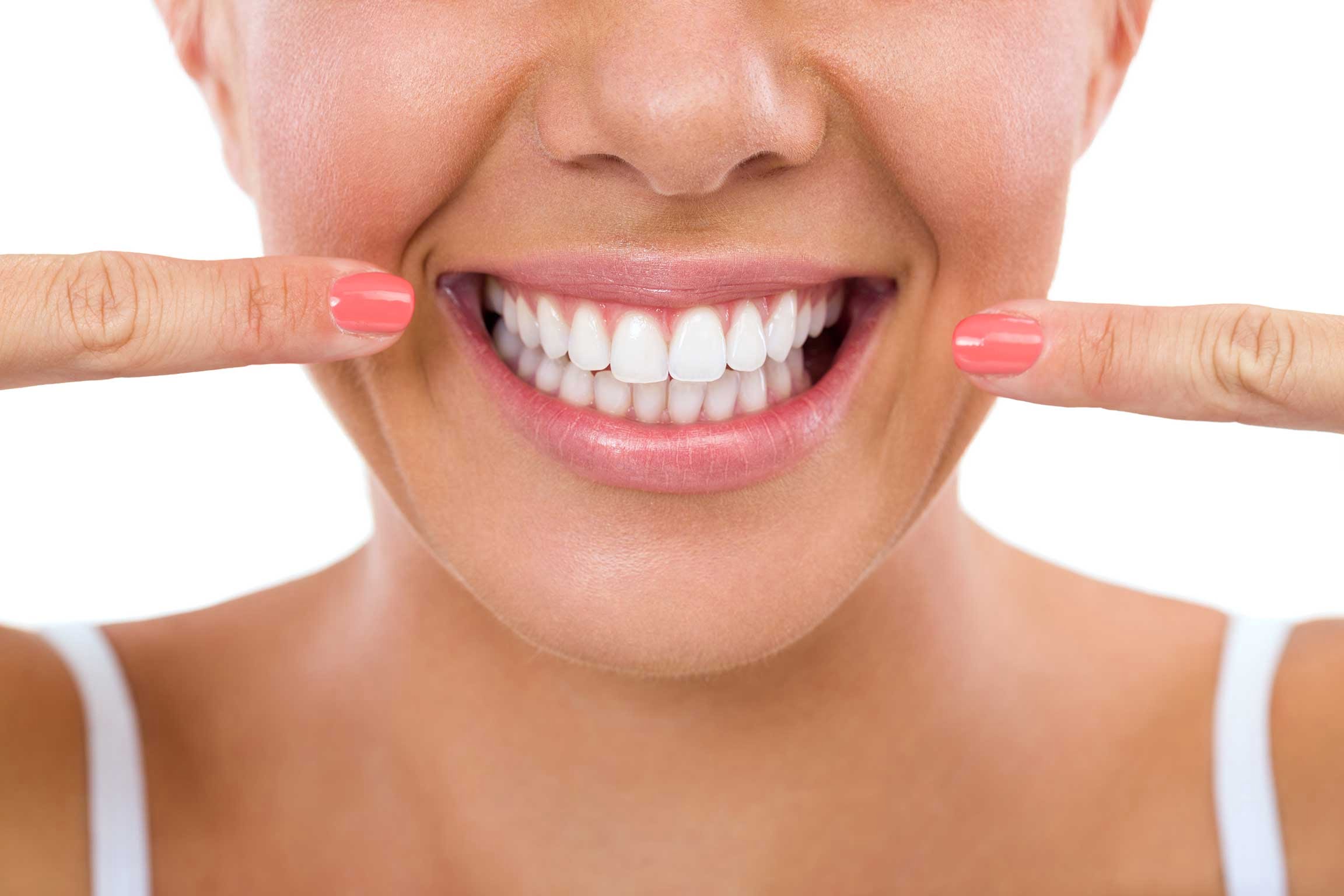
”It is a treatment that prioritizes the defense of the tooth structure”
Bal said that when compared to other restorative techniques that can be applied in the treatment of discolored teeth and require an interventional process, whitening is a treatment approach that prioritizes the preservation of tooth structure.
Stating that knowing the cause of the discoloration is a valuable point for choosing the appropriate treatment, Bal said, “The color changes seen in the teeth can be of genetic, environmental, medical or dental origin. Causes of discoloration are valuable factors that influence treatment selection and outcomes. A detailed clinical examination and a review of the patient’s oral hygiene practices, dietary habits, chemicals to which the teeth are exposed, trauma and infections are necessary to make a true diagnosis.conveyed the information.
Bal also mentioned the factors of success in treatment. “These factors can be listed as factors related to the patient such as initial tooth color, habits, the whitening formula used, the whitening agent, and the application methods such as the contact time of this spy with the tooth.”said.
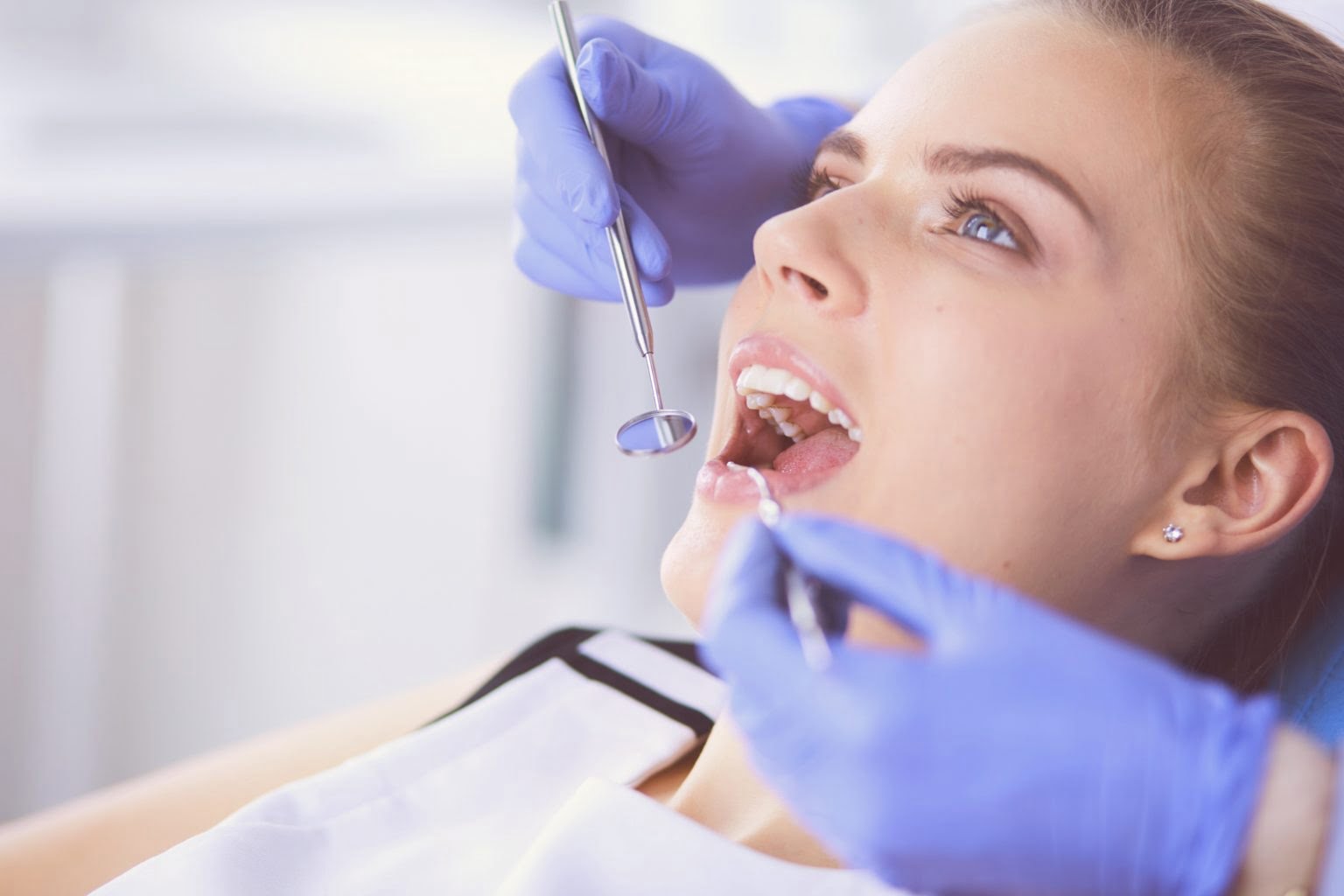
‘It may not be enough on its own’
Bal states that whitening treatment is not recommended for some people and that it may not be enough on its own in some cases. “Bleaching is not recommended in cases where patients have unrealistic expectations, smoking, pregnant and breastfeeding mothers, very sensitive teeth, gingival recession, and in cases where allergies to the components of whitening spies may develop.”he reminded.
Honey stated the following about the reliability and concerns about whitening: “There are concerns in the midst of patients about whether the whitening spies are harmful to human health. The most common problem encountered in patients after the whitening process is sensitivity in the teeth or gingival irritation. These are discontinuous side effects. During in-office whitening, soft tissues are protected by a barrier, and the whitening gel applied at the end of the treatment is quickly effectively removed. In this way, concerns about the loss of the whitening gel to the surrounding tissues or its ingestion are eliminated. In residential whitening, however, the possibility of the bleaching gel applied at a lower concentration is low, but even if some of it is swallowed, the defense mechanism in the human body has the capacity to metabolize this spy effectively. In both systems, exposure time is minimal if truth is applied. Due to these concerns and possible risks, the whitening treatment should be applied under the supervision of dentists.

